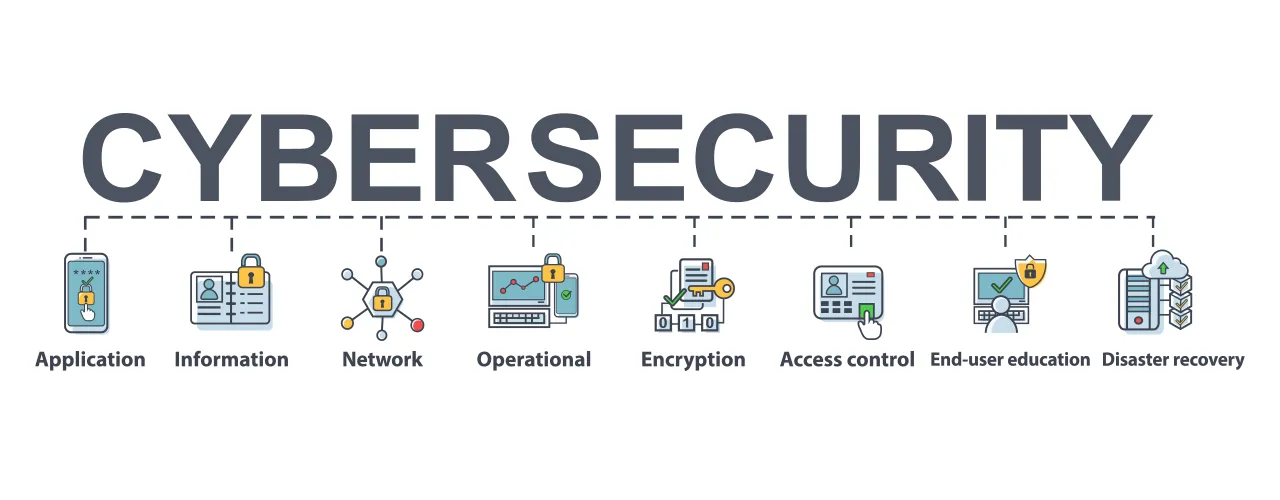In today’s digital age, where businesses and individuals alike rely heavily on interconnected systems and networks, safeguarding digital assets has become more critical than ever. From sensitive financial data to personal information, digital assets are constantly at risk of being compromised by cyber threats. In this blog post, we’ll explore the importance of safeguarding digital assets and discuss strategies for enhancing cybersecurity in an interconnected world.
Understanding the Risks
Cyber threats come in various forms, including malware, phishing attacks, ransomware, and DDoS (Distributed Denial of Service) attacks. These threats can originate from malicious actors seeking financial gain, political motives, or simply causing disruption. With the proliferation of interconnected devices and systems, the attack surface has expanded, making it easier for cybercriminals to exploit vulnerabilities and gain unauthorized access to digital assets.
One of the significant risks associated with interconnected systems is the potential for a single security breach to have cascading effects across multiple systems and networks. For example, a breach in one system could lead to the compromise of user credentials, which could then be used to gain access to other systems or launch targeted attacks against individuals or organizations.
Importance of Cybersecurity Measures
Implementing robust cybersecurity measures is essential for protecting digital assets from unauthorized access, data breaches, and other cyber threats. This includes adopting encryption techniques to secure data in transit and at rest, implementing multi-factor authentication to verify user identities, and regularly updating software and systems to patch known vulnerabilities.
Moreover, with the rise of remote work and cloud-based services, the perimeter-based approach to cybersecurity is no longer sufficient. Organizations must adopt a more holistic approach to cybersecurity that encompasses endpoint security, network security, application security, and data security to effectively protect digital assets from modern cyber threats.
Strategies for Safeguarding Digital Assets
-
Risk Assessment: Conducting regular risk assessments to identify potential vulnerabilities and threats to digital assets. This involves analyzing the security posture of systems and networks, identifying potential weaknesses, and prioritizing mitigation efforts.
-
Access Control: Implementing strict access controls to limit access to sensitive data and systems only to authorized users. This includes enforcing strong password policies, implementing role-based access controls, and regularly reviewing user permissions.
-
Employee Training: Providing comprehensive cybersecurity training to employees to raise awareness of common cyber threats and best practices for safeguarding digital assets. This includes training on identifying phishing emails, practicing good password hygiene, and following security protocols when accessing company resources remotely.
-
Incident Response Planning: Developing a robust incident response plan to effectively respond to security incidents and minimize the impact on digital assets. This involves establishing clear roles and responsibilities, defining communication protocols, and conducting regular incident response drills to ensure readiness.
-
Continuous Monitoring: Implementing continuous monitoring solutions to detect and respond to security threats in real-time. This includes deploying intrusion detection systems (IDS), security information and event management (SIEM) solutions, and endpoint detection and response (EDR) tools to monitor for suspicious activity and anomalous behavior.
Conclusion
Safeguarding digital assets in an interconnected world requires a proactive approach to cybersecurity, encompassing risk assessment, access control, employee training, incident response planning, and continuous monitoring. By implementing robust cybersecurity measures and staying vigilant against emerging threats, organizations can effectively protect their digital assets and maintain the trust of their customers and stakeholders in an increasingly interconnected world.
Remember, cybersecurity is not a one-time effort but an ongoing commitment to safeguarding digital assets against evolving cyber threats. By prioritizing cybersecurity and investing in the right tools and technologies, organizations can mitigate risks, strengthen their security posture, and ensure the integrity, confidentiality, and availability of their digital assets in an interconnected world.

